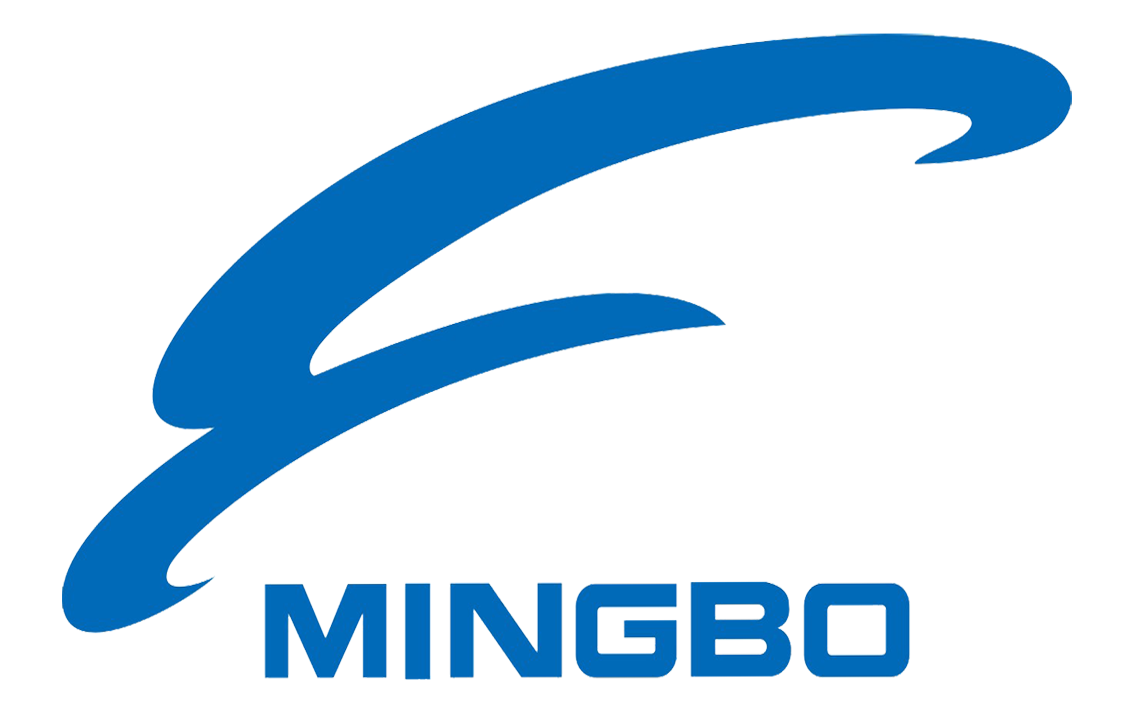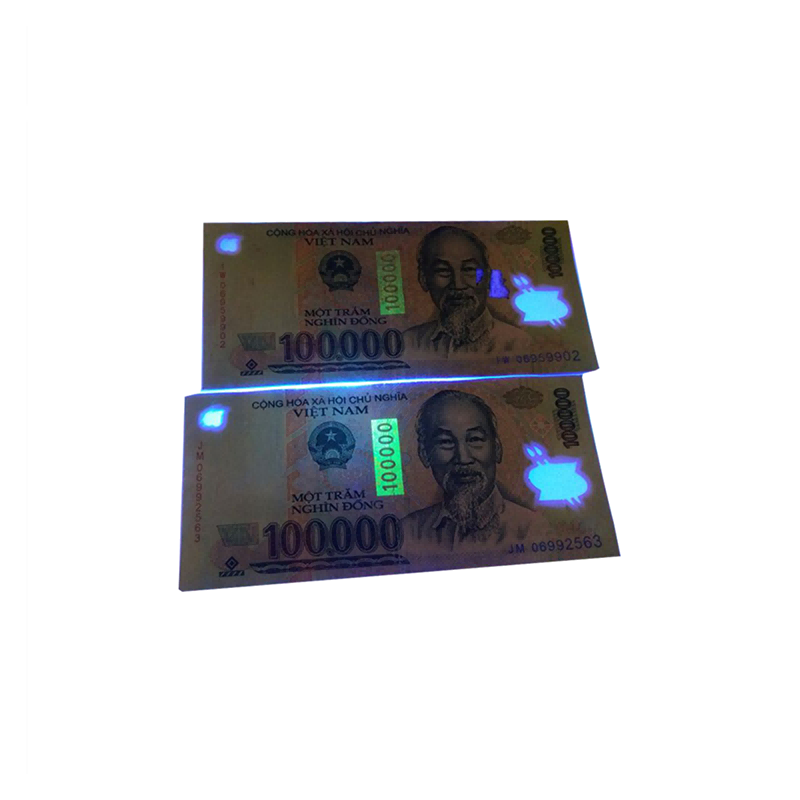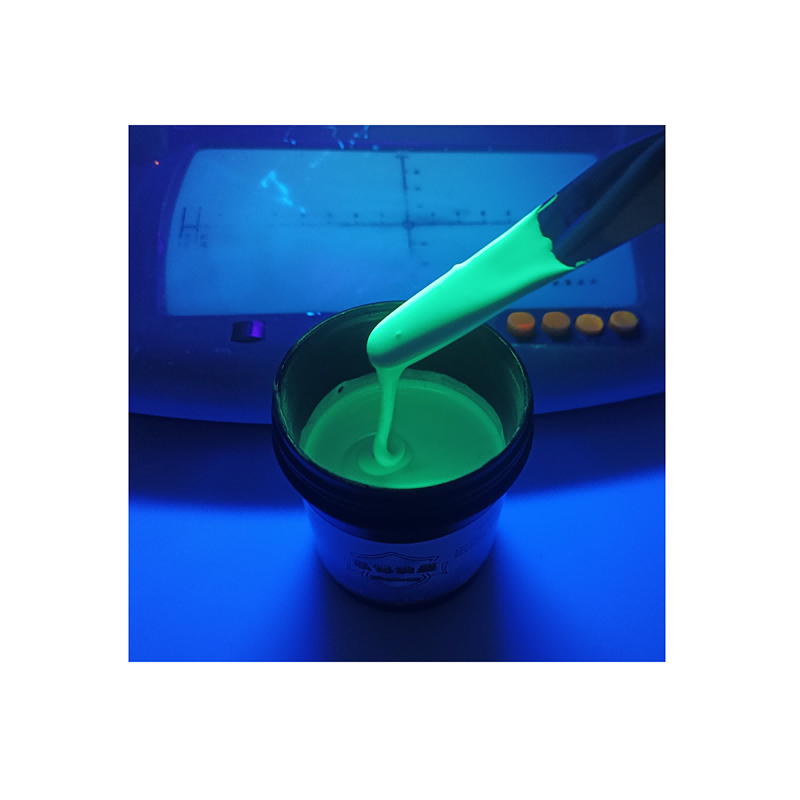Counterfeiting is a significant issue affecting businesses across various industries. One of the most effective ways to prevent product duplication and fraud is by using advanced anti-counterfeiting technologies. Ultraviolet invisible ink is a prime example. This ink is invisible to the naked eye, yet it offers superior protection for labels, certificates, and other high-value documents. In this article, we will explore the characteristics of UV-invisible ink. Additionally, we will discuss how it works to provide discreet yet robust security for brands.
What is Ultraviolet Invisible Ink?
Ultraviolet invisible ink, also known as UV ink or invisible ink, is a special type of ink that is visible only under ultraviolet (UV) light. Unlike traditional inks, it does not appear under normal lighting conditions, making it ideal for creating hidden security marks on products and documents. This ink is often used in anti-counterfeiting labels because of its unique properties—making it difficult for counterfeiters to reproduce.
The invisibility of the ink under regular conditions ensures that the security features remain undetectable to the human eye, thus making it a powerful tool in protecting valuable items such as luxury goods, electronics, pharmaceuticals, and documents.
How Does UV Invisible Ink Enhance Anti-Counterfeiting Labels?
The primary benefit of ultraviolet-invisible ink is its ability to provide a layer of security that is hard to replicate. Counterfeiters often use visible features like holograms or printed patterns. These can be easily copied with modern technology. However, UV invisible ink provides a hidden feature that is not easily replicated. It requires specialized equipment, making it a crucial tool for authenticating products.
UV invisible ink is often used in anti-counterfeiting labels alongside other security features, such as QR codes or serial numbers. When exposed to UV light, the hidden ink reveals security marks, which confirm the product’s authenticity. This simple method effectively ensures the product has not been tampered with or counterfeited. By combining these features, the label provides reliable protection against fraud.
Key Characteristics of UV Invisible Ink
Invisibility: As mentioned, ultraviolet invisible ink is not visible to the naked eye. This ensures that security features are discreet and can only be identified when exposed to UV light, reducing the risk of tampering or copying.
Security: UV ink’s invisibility and difficulty in reproduction make it a highly secure method of labeling products. Counterfeiters would need specialized equipment to detect and reproduce the markings, which is not easily accessible or cost-effective for most.
UV invisible ink is highly durable and resistant to wear and tear. It ensures that security marks stay intact throughout the product’s lifecycle. This durability is crucial, especially for items exposed to harsh conditions or frequent handling. As a result, the ink provides long-lasting protection in demanding environments.
Customizable: Brands can work with manufacturers to create unique UV ink formulations tailored to their specific needs. Customizing the invisible ink allows businesses to create personalized and harder-to-copy security features, further enhancing the protection of their products.
Applications of UV Invisible Ink
UV invisible ink has a wide range of applications in anti-counterfeiting labels and certificates. Some of its most common uses include:
Product Labels: Brands can apply UV invisible ink to product packaging, ensuring that only authorized personnel can confirm the authenticity of the product. This is especially useful for high-end goods, limited edition items, and pharmaceuticals.
Certificates and Documents: Many businesses use UV invisible ink on certificates, official documents, and contracts to prevent unauthorized duplication. Whether it’s for academic degrees, legal papers, or financial documents, invisible ink provides an additional layer of security.
Identity Protection: Governments and institutions may also use UV ink for passports, ID cards, and other identity documents to prevent identity theft or falsification.
Event Tickets and Passes: UV ink is also widely used for event tickets, passes, and entry cards. By integrating invisible security marks into these items, event organizers can prevent ticket fraud and counterfeit passes.
How to Leverage UV Invisible Ink for Your Brand
To maximize the effectiveness of UV invisible ink for your brand, collaborate with a reliable supplier. Choose one who understands your specific security needs. By integrating UV invisible ink into your product labels or certificates, you create a robust defense against counterfeiting. This ensures greater consumer confidence in your brand.
When choosing anti-counterfeiting labels, it’s essential to work with professionals who specialize in creating high-quality UV ink products. The ink should be carefully formulated to provide the necessary level of invisibility, durability, and resistance to environmental factors. Whether you are a luxury goods manufacturer, a pharmaceutical company, or a government agency, integrating UV invisible ink can make a significant difference in protecting your products.
Conclusion
UV invisible ink is a powerful, secure, and versatile tool in the fight against counterfeiting. Its ability to remain undetectable to the naked eye is a key feature. However, it reveals hidden security marks under UV light, making it one of the most effective anti-counterfeiting solutions available today. By incorporating ultraviolet invisible ink into your product packaging, certificates, and other high-value items, you can reduce the risk of fraud. This enhancement will also improve your brand protection.
At Mingbo, we specialize in providing high-quality ultraviolet invisible ink for anti-counterfeiting labels. Our inks are customizable to meet your needs, ensuring your products remain protected against duplication and fraud. Contact us today to learn more about how UV-invisible ink can help safeguard your brand.



